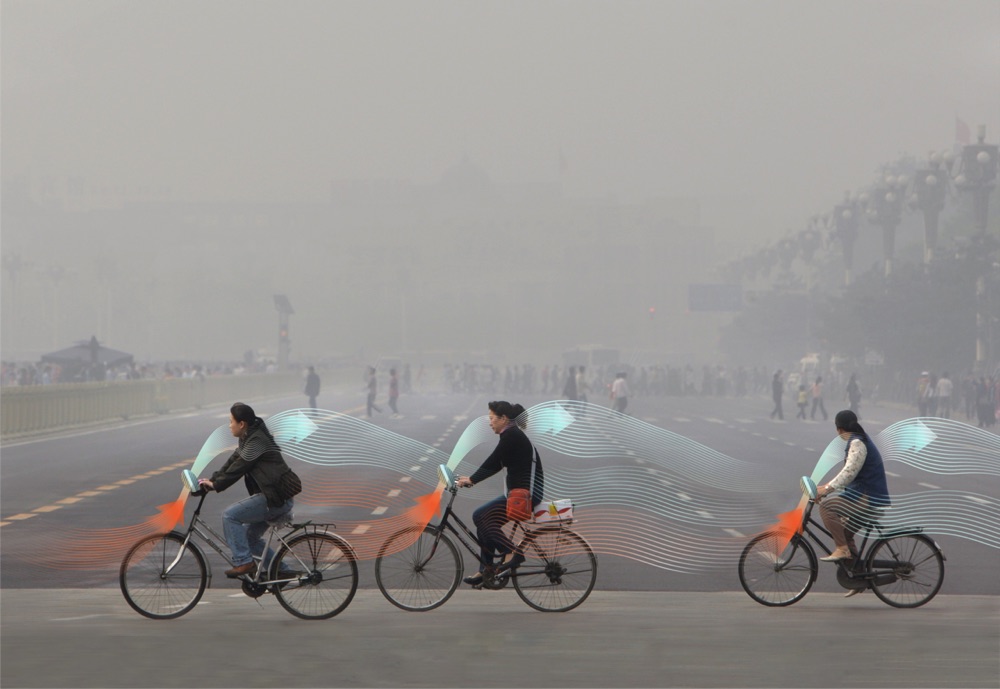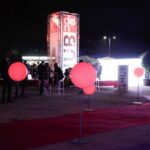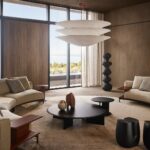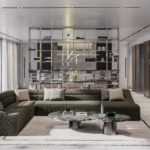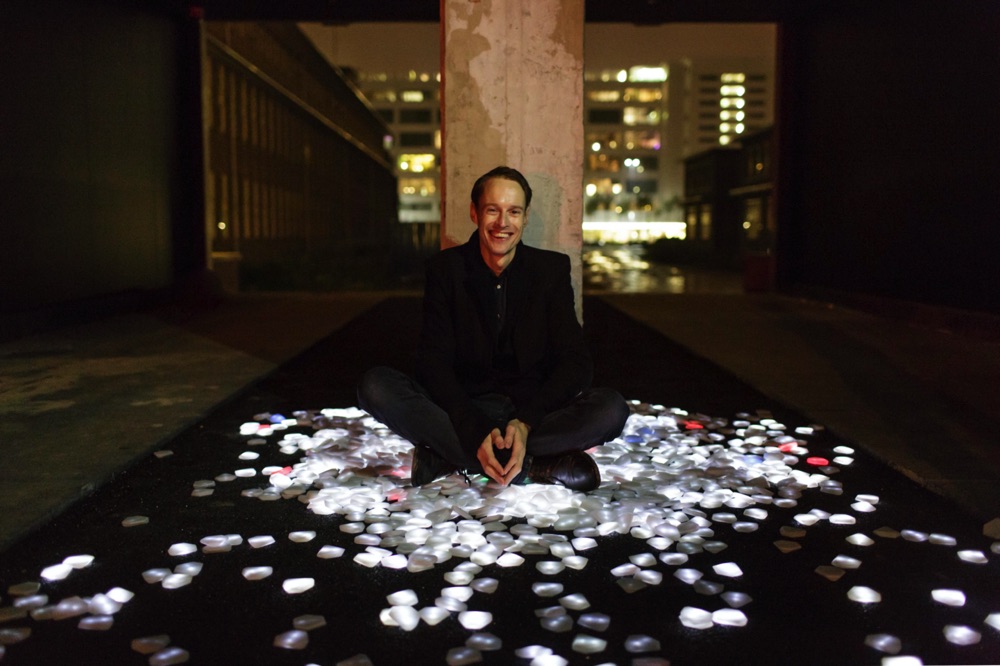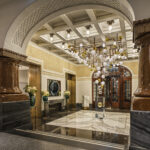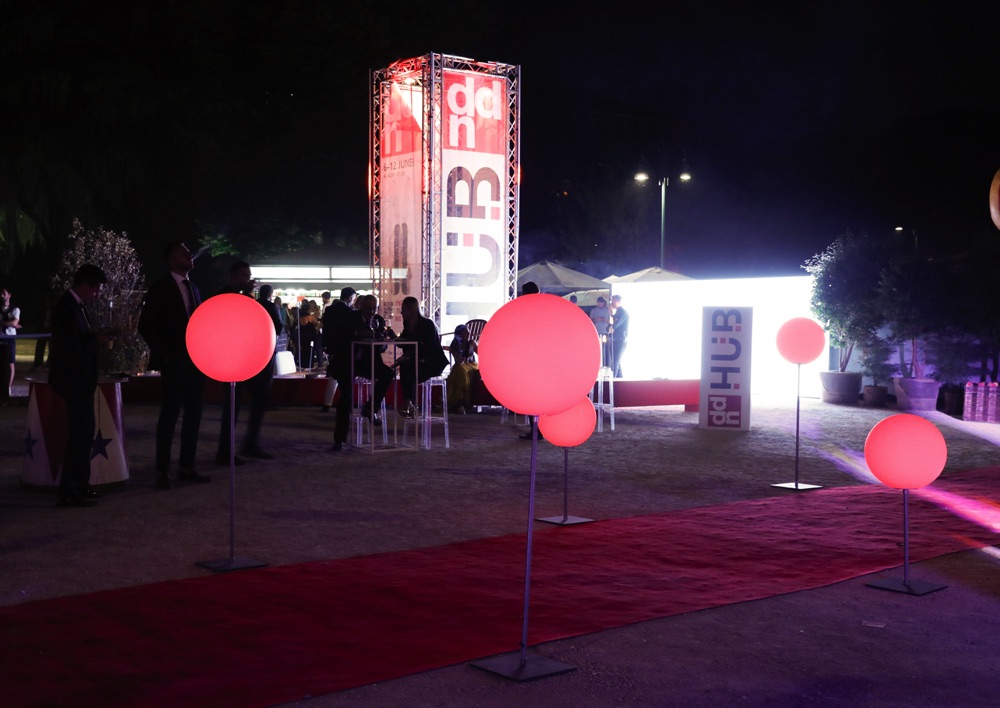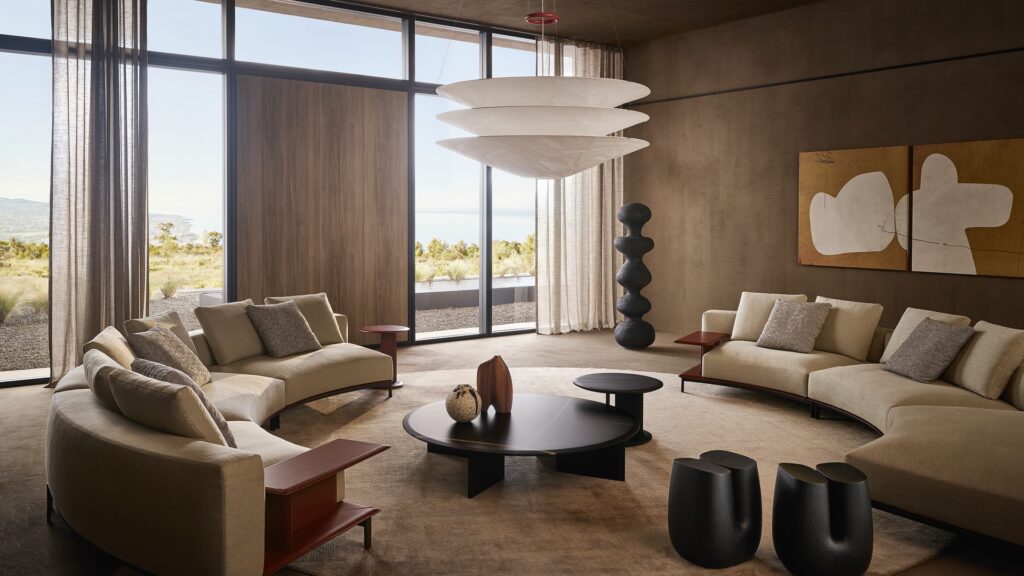An artist and a designer, Daan Roosegaarde thinks that sustainability is a collective process that involves the community
Daan Roosegaarde is a Dutch artist with an all-around creativity, who uses art and design to innovate. With a diploma in Fine Arts and a master’s degree in Architecture obtained from the Berlage Institut in Rotterdam, he is among the contemporary artists who are most attentive to environmental sustainability. In 2007, he founded Studio Roosegaarde, which involves a community of designers and engineers.
In addition to his independent professional work, Roosegaarde is a Young Global Leader at the World Economic Forum, visiting professor at the University of Monterrey in Mexico, advisor at the Design Singapore Council, professor of Design & Innovation at Tongji University in Shanghai, and a member of the NASA Innovation team. Daan has been selected by Forbes, WIRED, and Good 100 as a creative change maker. The recipient of numerous awards, Daan Roosegaarde creates social projects that explore the relationship between people, technology, and space. His projects include many installations that eliminate smog, develop innovative ideas for agriculture, and capture space waste.
Light and beauty for the landscapes of the future
Is Daan Roosegaarde an artist, a designer or an architect? Are installations like WATERLICHT or SMOG FREE TOWER art, design or architecture? Or all of them?
I am an artist and an innovator, a creative thinker, and a creator of social projects that explore the relationship between people, technology, and space. My work revolves around the concept of schoonheid, a Dutch word meaning ‘beauty’ and ‘clean’, where beauty comes from creativity, and cleanliness comes from clean air and clean energy. Clean air, clean energy and beauty should be part of everyone’s daily life. I always work with light; light is life, light is hope, and light is our language. My work, therefore, always includes beauty and light, and, at that point, it becomes irrelevant which category it belongs to – architecture, art, design. The most important thing, for me, is that my work reflects me, and that I can let people experience the landscapes of the future.
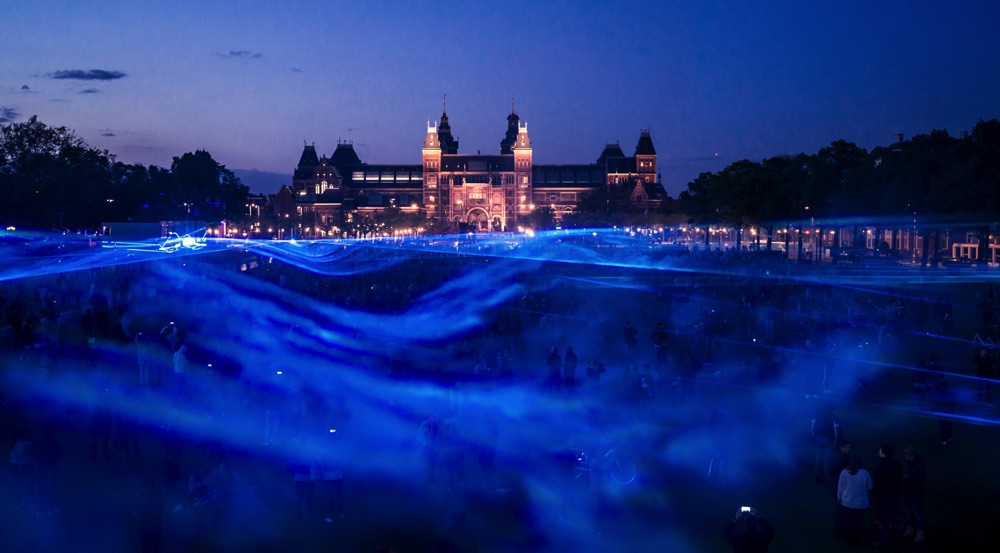
“For a more sustainable world, we must do more, not less”
What are the “landscapes of the future”? Is it a way to talk about sustainability?
I think we need to find alternative ways to talk about sustainability, because we live in a fluid world, not a static one. The things we do today, in terms of economics and energy, are no longer effective. We keep thinking that to be sustainable we have to do less, we have to reduce our energy consumption, because we think it’s better for the environment – fewer cars, fewer showers, less electricity, less water. But the truth is that we shouldn’t be doing less, we should be doing more, to push people to imagine a different world. Usually, when we talk about sustainability, we talk about numbers: 40% less, 1.5 degrees, but I don’t think people will change their behavior to change the numbers; however, they might if they could imagine a better future.
Liquid Landscape is a permanent public artwork commissioned by the Arte Sella contemporary open-air museum in Italy. Watch the video
The goal of my projects, therefore, is to encourage people to imagine a different world. Projects like Waterlicht, Smog Free, or GROW were born to engage people; the goal is that people look at them, live them, and think that another world is possible, and that they can do their part. We keep talking about the current world as a series of problems, but people need to feel that they are part of a solution, rather than part of a problem; only then will they actively participate in building a better future.
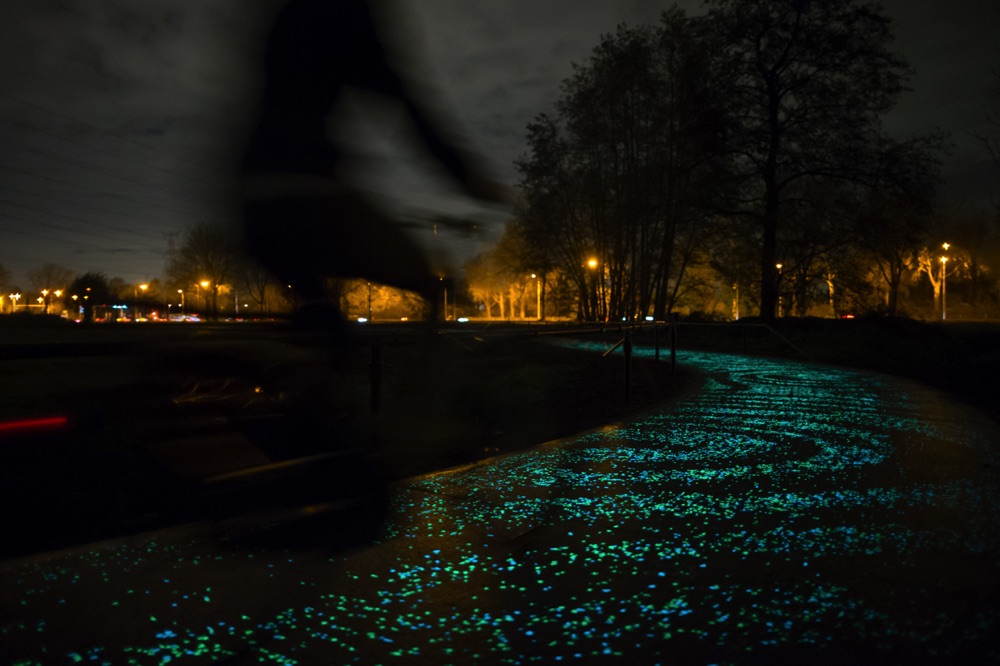
Observing nature for a better world
Is it essential to interact with nature, to build a better future?
I’ve always been inspired by nature, since I was a child; I’ve always been very fascinated by the mysteries of nature, like fireflies or jellyfish. And I think that to be better we need to make urban environments more livable, for our daily lives. In art, I’ve found a way to attract and intrigue people. I think that today we need to rediscover some of the curiosity that existed in the Sixties: with that curiosity, we went to the moon, Concorde was born. Today, we seem to be much more afraid of the future, of the future and technology. I think that art can help us overcome these fears: projects like GROW or Gates of Light are installations, which can become suggestions for the future.
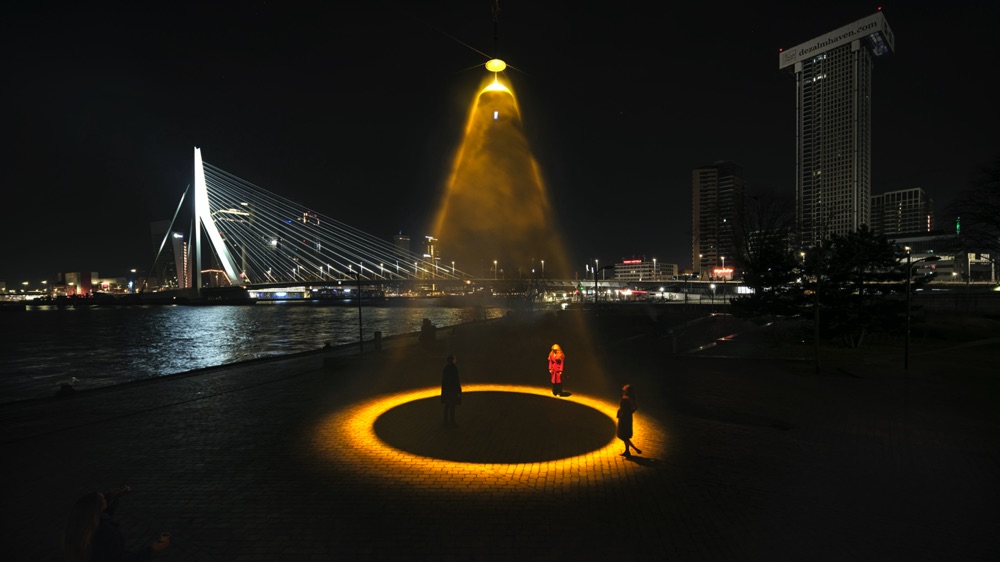
GROW, for example, is a tribute to the beauty of agriculture that could find a practical application in agriculture. It is an art installation, but it is based on plant growth techniques that have scientific underpinnings. The light is poetic, inspired by the photobiological technologies of light science, which have shown that certain applications of blue, red and ultraviolet light can improve plant growth and reduce pesticide use by up to 50%.
Read also GROW, an installation for an agriculture without pesticides

Studio Roosegaarde and surfaces that “breathe”
What is the relationship between returning to nature and man-made materials?
Some installations, like LOTUS OCULUS, are based on the physical interaction between people and their surroundings. LOTUS OCULUS is a project that began in 2010 as research on smart surfaces. LOTUS OCULUS is both a work of art and a pilot project for an architecture that interacts with humans. Thanks to advanced technology, the surface of LOTUS OCULUS breathes: slowly when there are no people nearby, faster when several people are interacting. Like a flower that opens up and closes, as people pass by.
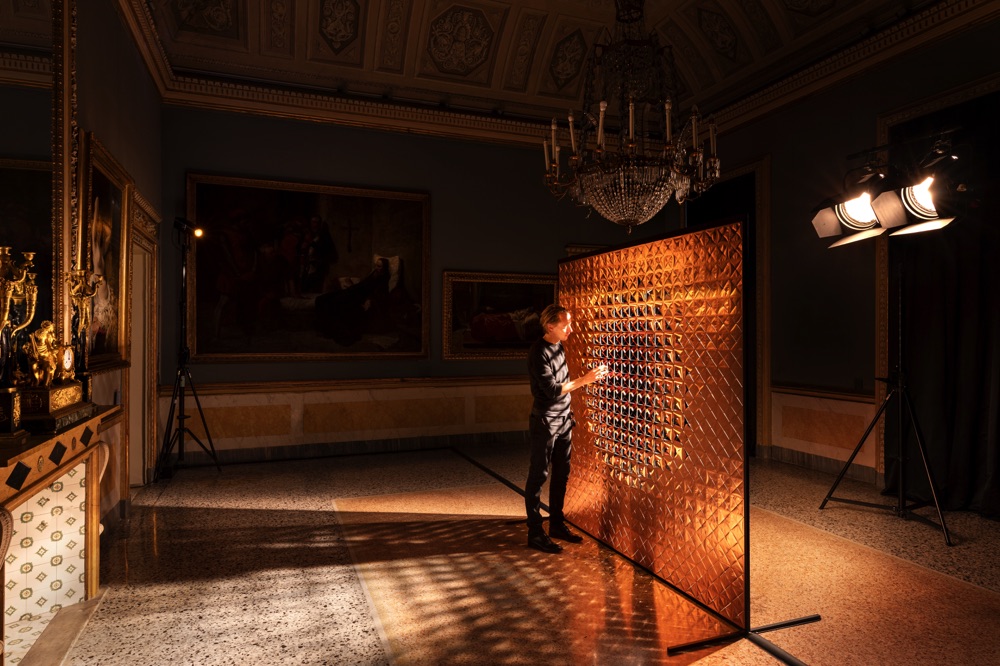
Art and design at “The Dream Factory”
Can art installations that improve the environment have practical applications?
The goal of my projects is to make people dream and think, so that over time virtuous behaviors are activated. My studio, founded in 2007 in a former glass factory outside Rotterdam, is also known as “The Dream Factory” precisely because of our activity of creating art projects that make people dream. Our activity allows us to be activators/initiators, and we can aim to create relationships that allow us to develop technologies on a larger scale.

The SMOG FREE TOWER, for example, is a building that cleans the surrounding air, the subject of a campaign that lasted several months. In the places where it was installed, along with the tower, we did clean air workshops, produced SMOG FREE rings, and also did a media campaign. The SMOG FREE BICYCLE has been the subject of a project with OFO, the Chinese bike rental company, and we plan to come back with other similar projects to fight pollution. Also because we’ve seen that people are actually interested in these times: if you can involve people in a dream, it’s easier to involve them.
